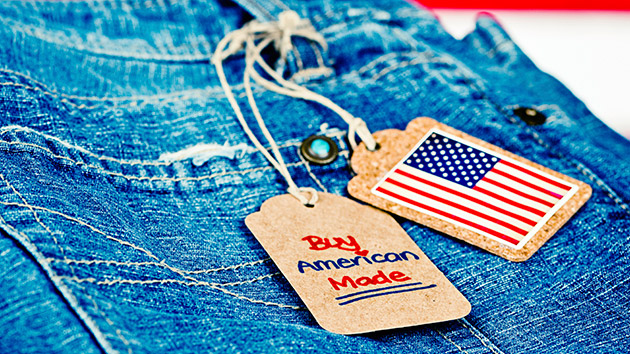
In this appealing film, Faythe Levine profiles the knitters, embroiderers, printmakers, and latch hookers who have taken crafting out of your grandma’s sitting room and propelled it into the cultural spotlight. Handmade Nation (and a companion book of the same name) offers a colorful survey of the DIY art scene, but it’s not just tea-cozy porn. The crafters Levine profiles speak eloquently about what may be the least pretentious art movement since tie-dyeing. Seamstress Kathie Sever, who makes Western-themed clothing inspired by her home, Austin, Texas, says she’s happy to have escaped the art-school bubble. “It feels so much more purposeful to me to make something someone is going to wear or use,” she says. For others, crafting is a cheeky act of anti-consumerism. Members of the Houston collective Knitta (motto: “Knitta, Please!”) adopt handles like P-Knitty and Purl Nekklas and gleefully attach hand-stiched sleeves to signposts and traffic lights under cover of darkness.
The low-tech aesthetic occasionally clashes with crafting’s new status as a pop-culture phenomenon. Potter Garth Johnson worries that blogs and websites like Etsy have turned him into a “craft couch potato.” “I can consume craft just like I would books, DVDs, or, gasp, television,” he observes. Yet handmade items, by definition, are not meant for mass consumption. The craft site BuyOlympia.com got swamped when Rory on Gilmore Girls wore its “Reading Is Sexy” T-shirt. “Some people will assume that the shopping experience is just like Target,” site cofounder Pat Costello tells Levine. “‘How come you didn’t ship it right away?’ ‘Well, ’cause she’s still sewing it.'”














